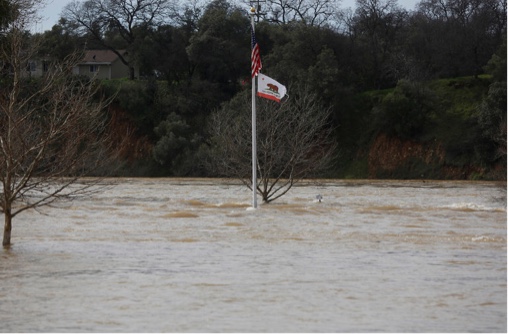What California’s Dam Crisis Says About the Changing Climate - The New York Times

STANFORD, Calif. — After five years of record-setting drought, much of California is being pummeled by an extremely wet winter. The disaster unfolding at Oroville, where precipitation is more than double the average, is the latest reminder that the United States needs a climate-smart upgrade of our water management systems.
In the West, much of our water infrastructure is old. Oroville Dam, north of Sacramento, was completed in 1968, nearly a half a century ago. Other major components of our water system are generations older, and maintenance has not been a priority. The damage to Oroville Dam, where the primary spillway developed a giant gash and the emergency spillway threatened to erode, illustrates the hazard of relying on aging infrastructure to protect us from extreme weather. http://nyti.ms/2lLbg6D
